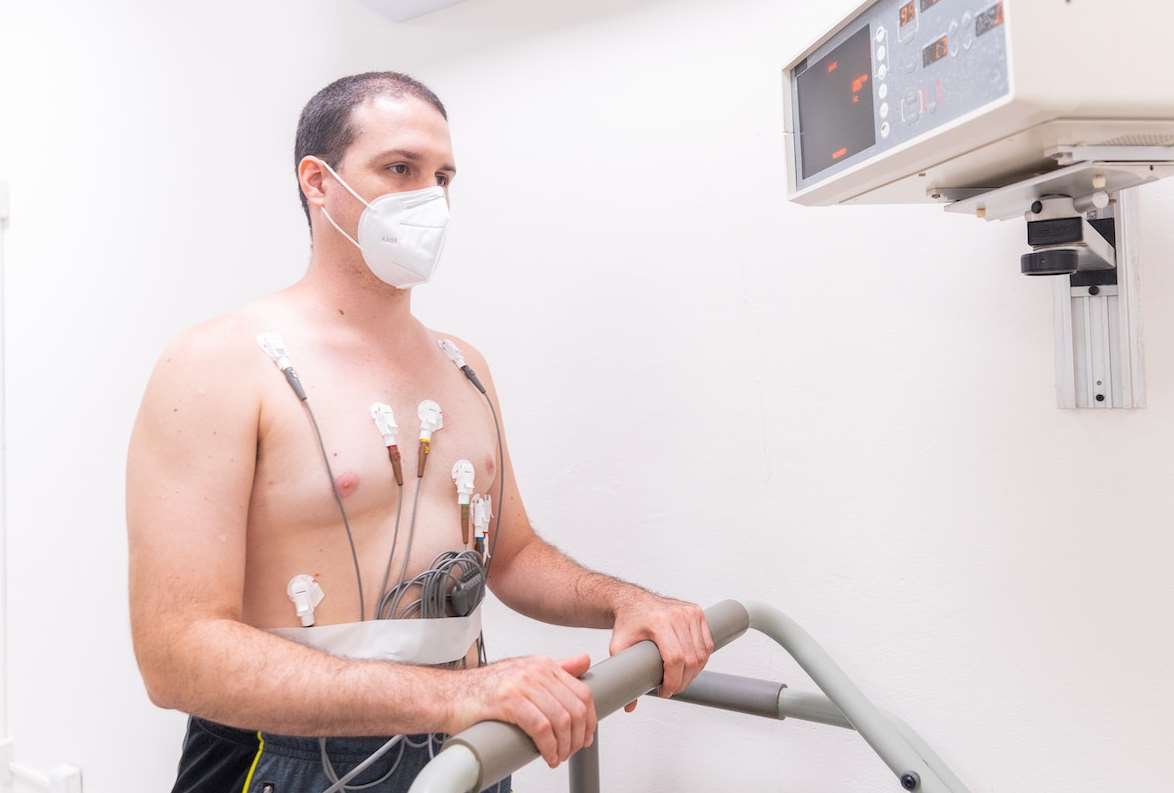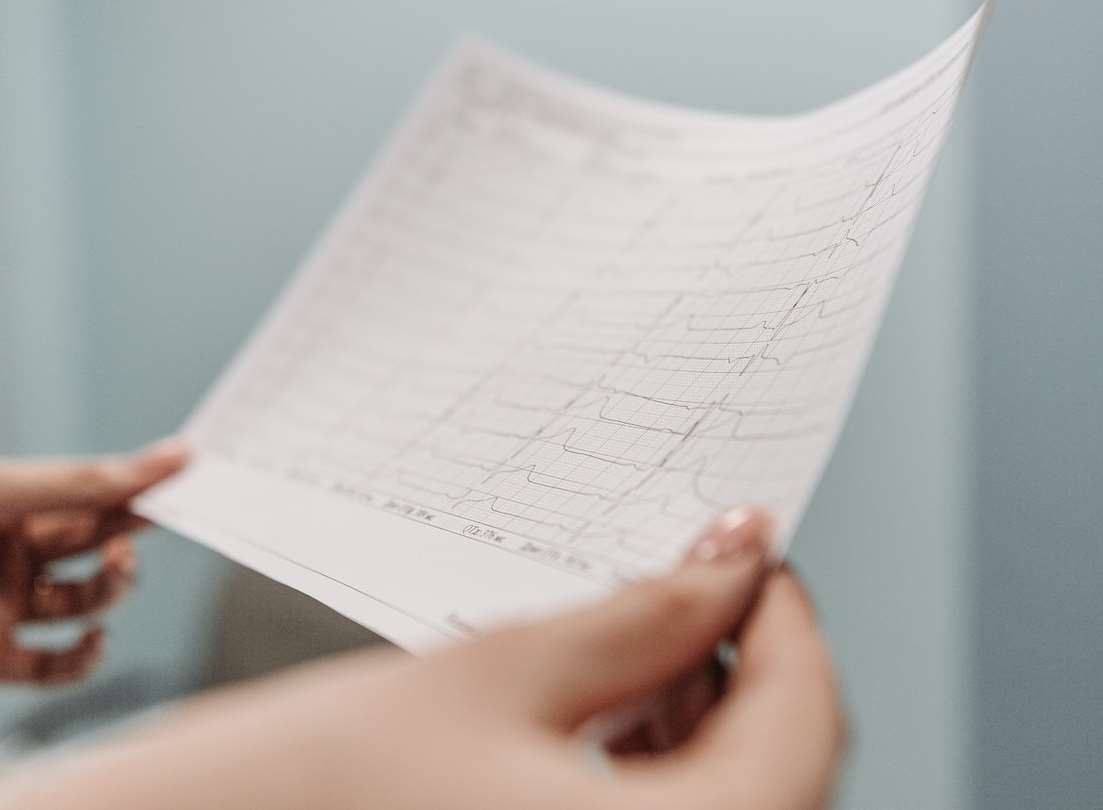Join Our Newsletter
Subscribe with your email to receive the latest news, updates, and exclusive offers.
Medical testing is an essential aspect of healthcare. It helps diagnose diseases, monitor the effectiveness of treatments, and even saves lives. However, traditional electrode applications in medical testing can be complex and time-consuming for healthcare professionals, and uncomfortable for patients. Simplifying electrode applications offers numerous benefits that enhance efficiency, improve patient comfort, ensure reliable results, and save costs significantly. In this blog post, we explore the advantages of simplifying electrode applications in medical testing to encourage wider adoption in the healthcare industry.

Traditional electrode applications require multiple steps that consume a lot of time, which is not ideal for both patients and healthcare professionals. However, with the introduction of disposable cup electrodes, the process becomes more straightforward and efficient. These disposable electrodes simplify the application procedure, reducing the time it takes to obtain reliable results. Moreover, these simplified electrode application systems are designed to be user-friendly and require minimal training for healthcare professionals compared to traditional methods. This means that healthcare professionals can easily perform tests without the need for additional expertise or support from specialists. As a result, the adoption of disposable cup electrodes reduces overall workloads and increases productivity in medical facilities. Additionally, streamlined processes using these disposable cup electrodes allow for faster turnaround times, enabling healthcare providers to attend to more patients within shorter periods. The user-friendly interfaces of these simplified systems make them easy to navigate even for non-technical personnel, eliminating the need for dedicated IT support staff.
Simplifying electrode applications can greatly improve patient comfort. With fewer electrodes needed, there is less discomfort and irritation from the adhesives used to hold them in place. Additionally, simplified electrode placement means less time spent adjusting and repositioning them on the patient’s skin, reducing overall discomfort. Improved patient comfort also leads to better test results as patients are less likely to move or fidget during the procedure. This reduces noise interference and helps ensure accurate readings.
Simplifying electrode applications can ensure that the test results are accurate and consistent across different patients. This allows healthcare professionals to make informed decisions about treatment plans. Electrode application is a critical step in conducting medical tests as they measure electrical activity in the body. However, if electrodes are not applied correctly or consistently, it can lead to erroneous test results which can have serious consequences for patients. By simplifying electrode applications, healthcare professionals can eliminate human error and ensure that tests produce reliable data every time. With consistent data, doctors will be able to diagnose diseases accurately and create effective treatment plans for their patients. Moreover, with more reliable test results also come increased efficiency in patient care. Doctors save time by avoiding re-tests or unnecessary procedures due to inaccurate initial readings. Simplifying electrode applications leads to greater trust between healthcare providers and their patients. Patients who receive accurate diagnoses feel confident that they are receiving optimal care from their practitioners – leading not only to better health outcomes but also overall satisfaction with the care received.

Simplifying electrode applications can lead to significant cost savings in the long run. The reduction in complexity and number of electrodes needed for testing means fewer materials used, less waste generated, and ultimately lower costs. Moreover, simplifying electrode applications can also reduce the need for specialized training and expertise required for their placement. This translates into reduced labor costs as well as time spent on training personnel. In addition to reducing costs associated with electrode usage itself, simplified electrode applications can also result in more efficient use of resources such as diagnostic equipment and supplies. Less time spent on complex preparations means quicker patient turnaround times which leads to increased revenue potential while utilizing existing resources efficiently.
Electrodes are an important aspect of medical testing. However, the complexity and difficulty associated with the application process have hindered their widespread adoption. Fortunately, simplifying electrode applications has made them more accessible to a wider range of healthcare providers and patients. With simpler electrode applications, healthcare providers can efficiently conduct tests without requiring specialized training or extensive experience. This enhanced accessibility reduces the chances of errors during application and increases patient comfort. Wider adoption means that electrodes can be used in various medical settings to diagnose different health conditions quickly and accurately. The availability of these electrodes ensures that patients receive quality care regardless of where they live or who is providing it. Moreover, simplified electrode applications reduce costs associated with traditional testing methods like MRI scans, blood tests, and X-rays. These cost savings make medical testing more affordable for people who may not have access to expensive diagnostic procedures.
It is clear that simplifying electrode applications in medical testing provides numerous benefits for both healthcare professionals and patients. From enhanced efficiency to improved patient comfort, reliable and consistent results to cost-effectiveness, and accessibility to wider adoption, the advantages are significant. By utilizing simplified electrode applications in medical testing, we can improve the accuracy of diagnoses while making the entire process less daunting for patients. The future of medical testing looks bright with this innovative technology paving the way towards a more efficient and comfortable experience for all involved.